
What is independent reading?
Independent reading is where students are encouraged to choose their own reading material (fiction books, non-fiction, magazine, other media) for their pure enjoyment. This is an essential component in my opinion in building reading literacy. It allows students to be exposed to various topics of choice and increases fluency rates, vocabulary and various reading skills. There are a gazillion benefits of independent reading. But independent reading doesn’t happen by chance. Teachers must be intentional. You need to be a resource to your students. This means exposing them to different genres and topics.
(So, stay with me and read to the end if you are want to make your students engaged and lifelong learners).
One of the most frustrating tasks as an English Language Arts Reading teacher is holding your students accountable for their independent reading during class and at home. Our goal is the classroom is to simply make independent reading time a habit , not a dreaded task. Always start building up reading stamina on the first day of school. It’s never too late to start building up reading stamina. I found that it is more beneficial to have a wide variety of books for student choice than having a huge library filled with just fiction. In my opinion, less is best. If you ask you school librarian for some suggestions, I guarantee she will be thrilled to loan you some interesting books even for struggling readers that will build reading comprehension skills. if I take a sincere interest in their reading book selection or genre they are more opt to actually take advantage of their independent reading time. I’m always looking for creative ideas on what to use instead of basic reading logs for my students to reflect on their reading achievement.
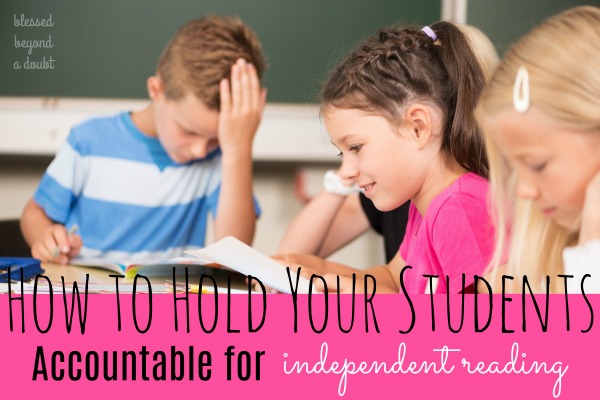
What does independent reading look like?
It looks different in every classroom, in fact, in each class. You need to
I like to hold conferences every week with my students about their independent reading choices. We talk about reading genres and I always have them make inferences about what might happen. I found they look forward to sharing their book choice with me. It’s usually only a 1-2 minute conference unless they choose to enlighten me more on their elective reading choice.
Book Group Talks
This is one of my favorite approaches with my students. I like to have two or three students share what they read to their peers in front of the classroom. I ask reading element questions and always require them to make inferences. I also love for them to rate the book on a scale of 1-5. This piques other student’s interest in the book. In fact, it’s not uncommon for all the children in their groups to start reading the same book. This works well with online reading books, such as Epic. It also encourages students to broaden their personal interests.
Passing out these independent reading log accountability sheets on Monday works well with my 4, 5, and 6-grade ELAR classes. I require them to clear their entire desk except for their reading book. They are not allowed to fill out their log during the independent reading time. Once the timer goes off, they can start filling out their reading log for that particular day. I go around the room and mark 25 points on their log for each completed day. I require my students to turn in their log for a maximum of 100 points towards a daily grade on Friday. This is an easy grade for them if they comply.
Create a Reading Dialogue with Student
I often create a dialogue with my students either on google classroom or through their reading journals. I asked them questions pertaining to the characters, settings, and other reading elements. Often they love answering questions about how they can personally relate to their favorite character in their book. I grade their journals, so if they don’t answer my question, their journal will be incomplete. This allows you to scaffold different concepts throughout the year.
Buddy Reading
It’s fun for the students to pair up with a partner. I have assigned partners and also have allowed the children to pick their own partners, both seem to work well. The partners love to read to one another. The buddy reading works best when the students are on the same reading grade levels. I have a tendency to hold buddy partner conferences to make sure they are on track.
It takes time to build the desired independent reading allotted time in your classroom. The key is to stay consistent. After a month, your students should be trained to read their reading books independently without a gazillion issues. Don’t give up!
Another tip to keep independent reading a priority is to always start your class with independent reading before direct instruction. I’ve tried all different times, and this is the only way I can stay consistent.
Here are a few other resources to help with Independent Reading in the Classroom.
Free Reading Response Cards – my students love using these exit tickets
Another Reading Log will supports state standards
Do you have any ways to hold students accountable for independent reading?
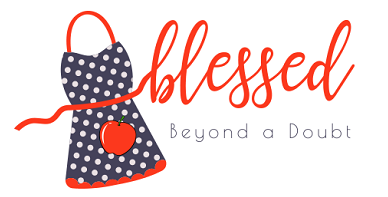
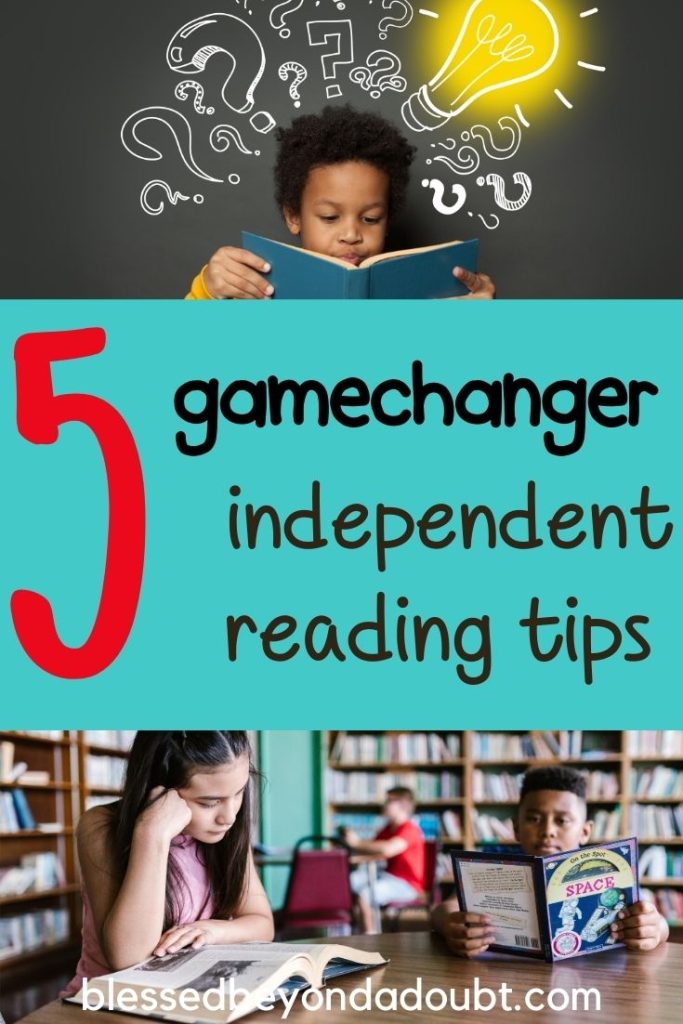



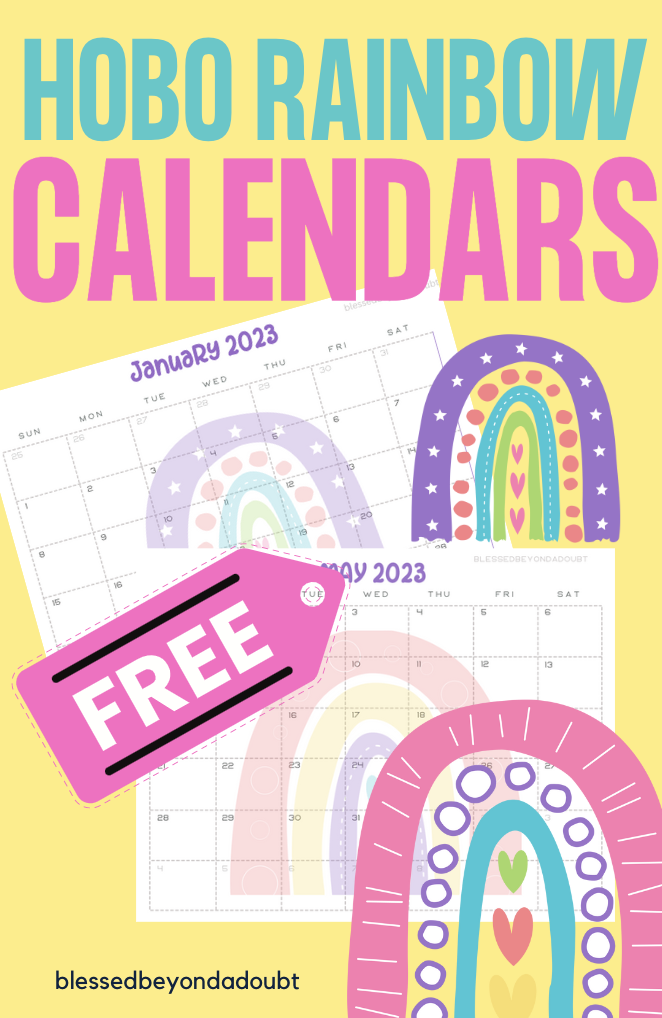
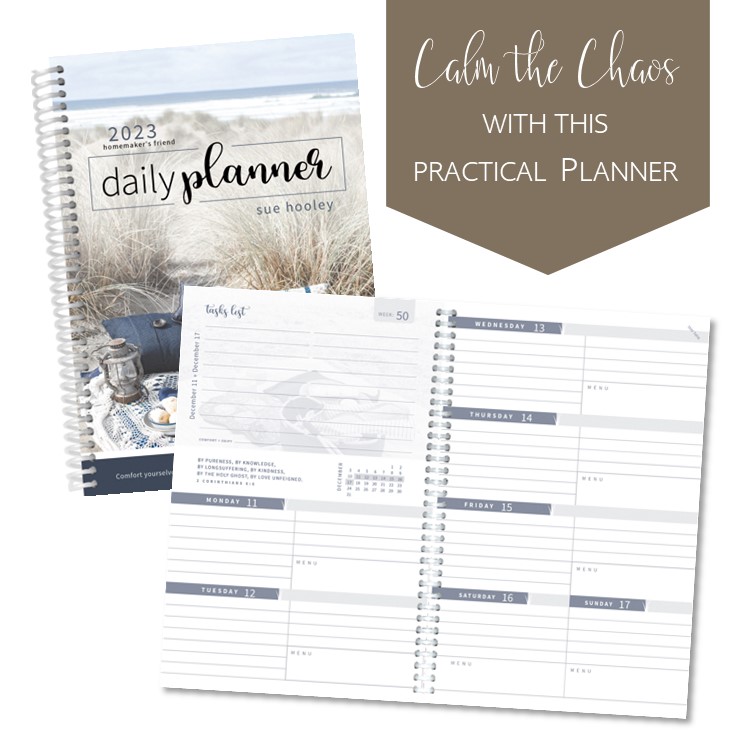




Leave A Comment